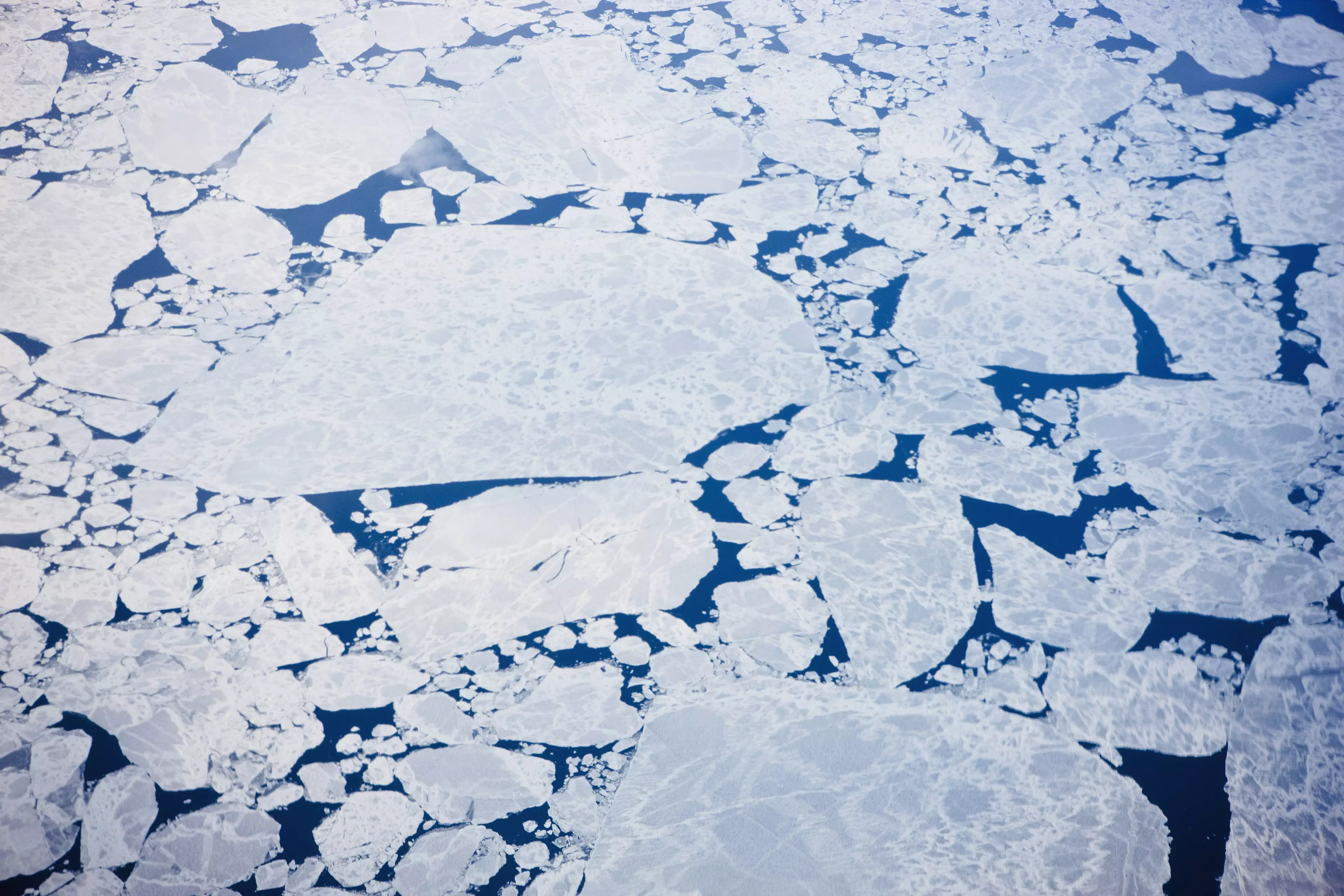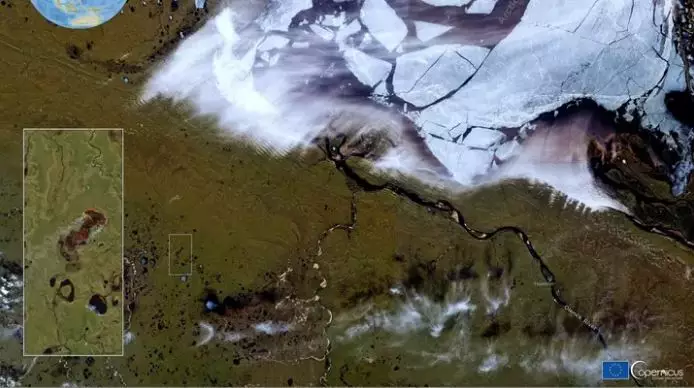
Researchers have discovered that Arctic sea ice has melted, leaving the second lowest level on record in 42 years.
Among the factors believed to have caused this new low are the forest fires and heatwaves that occurred in Siberia.
Advert
The wildfires were just 30 miles away from the Arctic Ocean.
With this, figures from the National Snow and Ice Data Centre (NSIDC) show that this year sea ice in the Arctic was 1.44 million square miles.
That might sound like a large area to cover, but this is actually the second lowest in the 42-year-old satellite record, reinforcing the long-term downward trend in Arctic ice extent.

According to the report, after 8 September, the daily melt began levelling out, reaching its seasonal minimum extent of 1.44 million square miles on 15 September.
Advert
In response to the setting sun and falling temperatures, ice extent will begin increasing through autumn and winter.
However, a shift in wind patterns or a period of late season melt could still push the ice extent lower.
Ed Blockley, Met Office scientific manager for polar climate, told MailOnline it was only the second time sea ice in the Arctic has dropped below 1.5 million square miles.
He explained: "This threshold has been crossed because this summer has seen several periods of very rapid sea ice loss linked, in part, to the record-breaking heatwave in Siberia.
Advert
"The Arctic is one of the most vulnerable regions on Earth to climate change and warming here will have consequences for the region and the planet as a whole."

Earlier this year, pictures of the raging wildfires were released, captured by the European Union's Earth Observation Programme.
They show the blaze in the diamond-rich Yakutia region, also called the Sakha Republic, the coldest permanently inhabited region on the planet.
Advert
According to the EU's Earth Observation Programme, the inferno is believed to be 'the most northernmost in recent years within the Arctic Circle', leading to concerns from scientists.
University of Michigan environmental school dean Jonathan Overpeck, a climate scientist, told ABC: "The Arctic is figuratively and literally on fire.
"It's warming much faster than we thought it would in response to rising levels of carbon dioxide and other greenhouse gases in the atmosphere, and this warming is leading to a rapid meltdown and increase in wildfires.
"The record warming in Siberia is a warning sign of major proportions."
Featured Image Credit: PATopics: World News, climate change, News